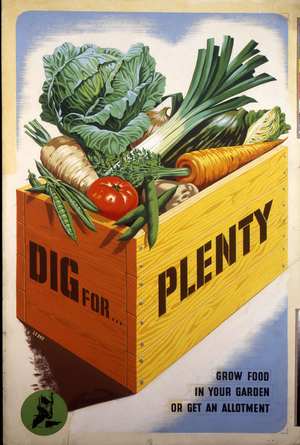‘This is the month of weeds
Kex, charlock, thistle . . .
Spurry, pimpernel, quitch . . .
Making for trouble.
This is the month of weeds.’

Before Roman holidays were popularised in these islands August was Weodmonath—the month of weeds. Nature probably realised that harvest would fully occupy man’s attention at this time of the year, and cunningly contrived for most of the wickedest weeds to shed their seeds.
The Romans just helped things along by encouraging everyone who was not helping with the harvest, to sit in the sun—to take a holiday. And very pleasant too—when these islands held but a handful of people, but holidays are not for the gardeners in a population of 48 million people on an island in a world short of food and short of ships to carry it. So—first of all—keep the hoe going. What feeds a weed will feed a cabbage to feed you.
Even if there were no weeds there would still be plenty to do in the garden, for this is the time of gathering the fruits of labour. And careful harvesting is just as important as careful sowing and careful growing.
Dwarf, French and runner beans require frequent picking or they will grow tough and stringy. If you have more than you and your friends can eat now, remember that they can be easily salted down for winter use. Regular picking of runner beans helps to make a longer fruiting season. But do not pick any beans from the plants you may have selected for seed.
Pull and use early beet. If left in the ground too long the roots will become woody and stringy. Any early-sown carrots that remain should be used up quickly. Summer turnips are ready to use, and marrows and tomatoes should be gathered as they ripen. Onions are important enough to have a section to themselves (see page 4).


